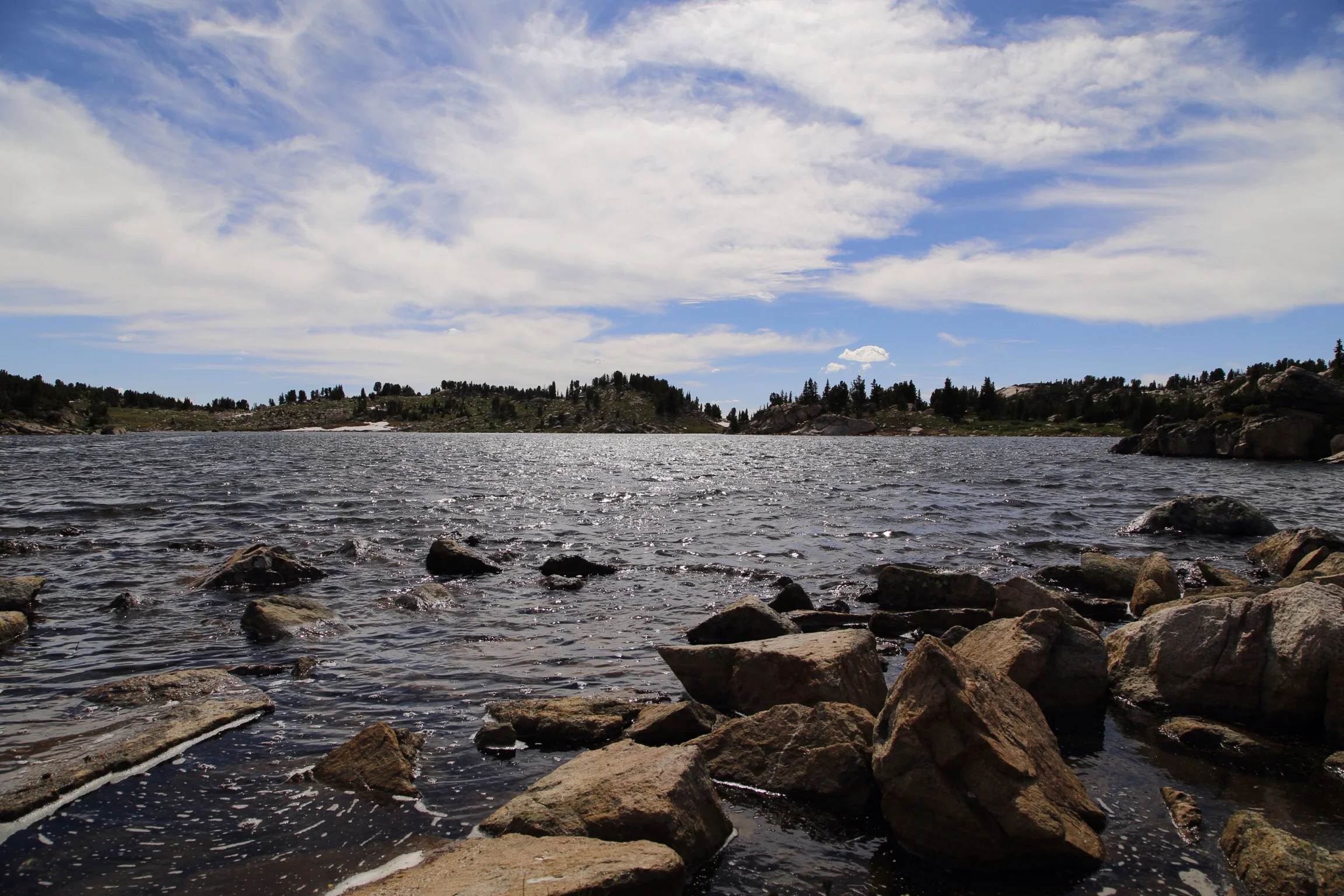ASSESSING NATURAL INFRASTRUCTURE
The term natural infrastructure refers to riparian areas, floodplains, and wetlands, which all play an important role in slowing runoff and promoting groundwater recharge (i.e., water storage). Given that climate change is projected to affect the quantity, quality, and timing of water availability in Montana, there is increased concern about the state’s water storage capacity.
Dr. Jamie McEvoy (assistant professor of Geography at Montana State University), will explore the human dimensions of water resources management, and will assess the capacity of natural infrastructure to increase water storage, reduce vulnerability to floods, and enhance resiliency to climate change.
Using the Musselshell River Basin in central Montana as a research site, this project will also fund one masters student in the Department of Earth Sciences to quantify the natural storage potential of the current and historic floodplain of the Musselshell River, and to identify socio-political barriers and opportunities for restoring and enhancing natural infrastructure in the basin.
This is a collaborative research project with partners from the Montana Department of Natural Resources & Conservation, Montana Department of Environmental Quality, and Applied Geomorphology, Inc. To learn more about the need for increased water storage and retention in Montana, please consult the 2015 Montana State Water Plan.






